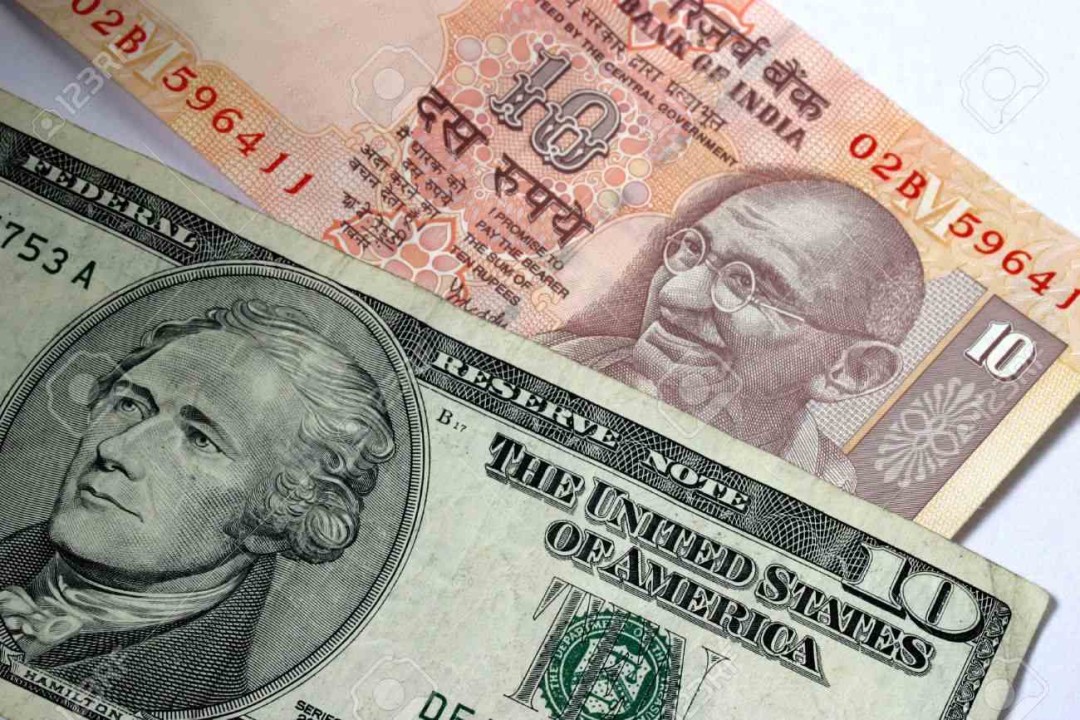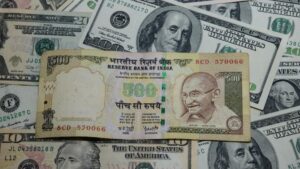
USD/INR Eases Amid Speculation of RBI Intervention.

Indian Rupee Gains Strength Amid Potential RBI Intervention and Global Trade Uncertainty
The Indian Rupee (INR) showed signs of recovery on Monday, supported by potential intervention from the Reserve Bank of India (RBI). However, external factors such as new tariff measures from the U.S., a surge in crude oil prices, and upcoming economic data releases could influence the currency’s movement.
Key Factors Impacting USD/INR Exchange Rate
-
RBI’s Potential Intervention
- Market speculation suggests the RBI may step in to stabilize the Rupee, offering short-term support against the US Dollar (USD).
-
US Tariff Policies & Global Trade Tensions
- US President Donald Trump’s recent tariff hikes on Canada, Mexico, and potentially China may strengthen the USD, adding pressure on the INR.
- Uncertainty in global trade policies continues to drive market volatility.
-
Crude Oil Price Recovery
- As India is the world’s third-largest oil consumer, rising crude oil prices could weigh on the Rupee by increasing the country’s import costs.
Upcoming Economic Data to Watch
- India’s HSBC Manufacturing PMI (February) – Traders will monitor this report for insights into India’s manufacturing sector performance.
- US ISM Manufacturing PMI – A stronger-than-expected reading could further boost the USD and impact the INR.
India’s GDP Growth and US Inflation Trends
- India’s GDP Growth:
- The National Statistical Office (NSO) reported that India’s real GDP grew 6.2% YoY in Q4 2024, slightly below market expectations of 6.3%.
- US Inflation Data:
- The US PCE Price Index rose 2.5% YoY in January, aligning with forecasts, while the core PCE Price Index fell from 2.9% to 2.6% YoY, indicating easing inflation pressures.
Technical Outlook: USD/INR Remains Bullish in the Long Term
Despite short-term fluctuations, the USD/INR pair maintains a bullish outlook, staying above the 100-day Exponential Moving Average (EMA).
- Resistance Levels:
- 87.53 (Feb 28 high)
- 88.00 – 88.50 (potential upside targets)
- Support Levels:
- 87.05 – 87.00 (Feb 27 low)
- 86.48 – 86.14 (previous key support levels)
If USD/INR breaks above 87.53, further gains toward 88.00 and 88.50 could be expected. Conversely, a drop below 87.00 could push the pair toward 86.48 and 86.14.
Conclusion: INR Faces Mixed Signals Amid Domestic and Global Factors
The Indian Rupee’s short-term performance will depend on RBI actions, global trade policies, and economic data releases. While intervention from the RBI may offer temporary relief, factors like rising crude oil prices and US tariff decisions could pose challenges. Traders should closely monitor economic indicators and market trends to navigate USD/INR movements effectively.
Never miss any important news. Subscribe to our newsletter.
Related News


USD/INR Slows Down Amid Mixed Indian PMI Data.


USD/INR Rises as Markets Anticipate Fed Rate Decision.


Gold Price Nears Record High Amid Strong Safe-Haven Demand.



USD/INR Gains Momentum Amid Trade Tariff Uncertainty.



Never miss any important news. Subscribe to our newsletter.
Editor's Pick


USD/INR Slows Down Amid Mixed Indian PMI Data.


USD/INR Rises as Markets Anticipate Fed Rate Decision.



